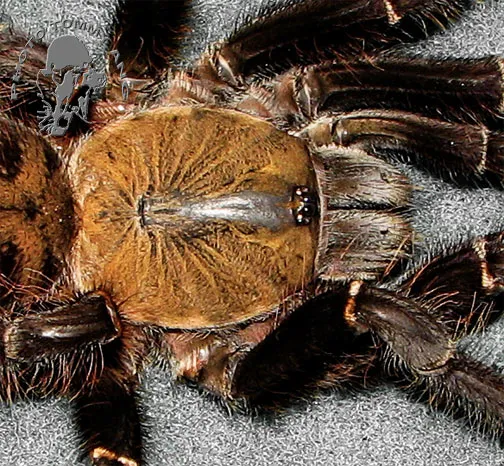Understanding the Vietnamese Earth Tiger Tarantula
The Vietnamese Earth Tiger Tarantula (Chilobrachys dyscolus), often simply referred to as the Earth Tiger, is a captivating and increasingly popular species among tarantula enthusiasts. Native to Vietnam, this terrestrial spider is known for its striking appearance, relatively manageable care requirements, and fascinating behaviors. Keeping a Vietnamese Earth Tiger Tarantula can be a rewarding experience for those who are prepared to meet its needs. This comprehensive guide will provide you with all the essential information you need to successfully care for your Vietnamese Earth Tiger Tarantula, ensuring its health, happiness, and longevity.
Appearance and Characteristics
Vietnamese Earth Tiger Tarantulas are known for their beautiful and striking appearance. They typically exhibit a dark brown to black coloration, with distinctive tiger-like striping on their legs, hence the name. The carapace, or the top part of their cephalothorax, can sometimes display a metallic sheen under certain lighting conditions. Adult females can reach a leg span of up to 5-6 inches, while males tend to be slightly smaller. Their bodies are covered in fine hairs, and they possess powerful chelicerae, which they use for feeding and defense. These tarantulas are fast growers and relatively long-lived, with females often living for over a decade in captivity.
Habitat and Origin

These tarantulas are native to the tropical forests of Vietnam, where they inhabit burrows in the earth. In their natural habitat, they thrive in a humid environment, often near bodies of water. Understanding their natural environment is key to replicating it in captivity and ensuring the well-being of your pet. They are terrestrial spiders, which means they spend most of their time on the ground. Replicating this environment will help them feel safe and comfortable. They are also known to be opportunistic hunters, ambushing their prey from their burrows or from within the shelter of leaf litter and debris.
Creating the Perfect Habitat
Creating a suitable habitat is crucial for the health and happiness of your Vietnamese Earth Tiger Tarantula. The enclosure should mimic their natural environment as closely as possible, providing a safe, secure, and comfortable space. This includes the right size, substrate, temperature, humidity, and hiding places. A well-designed habitat will not only meet the tarantula’s physical needs but also allow you to observe its natural behaviors and enjoy the beauty of this fascinating creature.
Choosing the Right Enclosure
The size of the enclosure is critical. For a juvenile, a small deli cup or a clear plastic container with adequate ventilation is suitable. As the tarantula grows, you’ll need to upgrade to a larger enclosure. A good rule of thumb is to provide an enclosure that is at least three times the tarantula’s leg span in width. The height of the enclosure is less important, but it should be sufficient to accommodate a layer of substrate and a hide. Ensure the enclosure has a secure lid to prevent escapes. Glass or acrylic terrariums are good options, but make sure there are plenty of ventilation holes to promote airflow. Consider the future size of your tarantula when selecting the enclosure, as you don’t want to be constantly upgrading.
Substrate and Decor
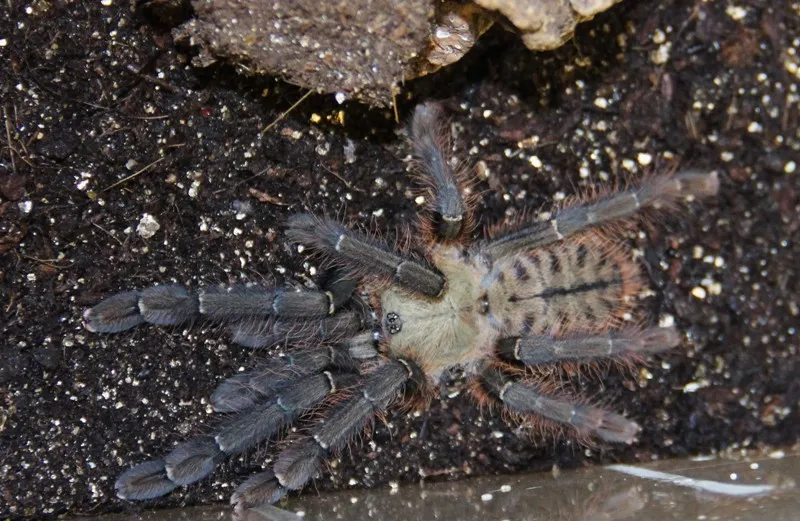
The substrate is the material that forms the floor of the enclosure. For Vietnamese Earth Tiger Tarantulas, a substrate that allows them to burrow is essential. A mix of peat moss, coco fiber, and a small amount of vermiculite works well. The substrate should be deep enough – at least 4-6 inches – to allow the tarantula to create a burrow. This burrowing behavior is a natural instinct and provides the tarantula with security and a place to molt. Adding some decorations, such as cork bark, fake plants, or artificial hides, can further enhance the habitat. These provide additional hiding places and enrich the environment. Ensure that any decorations are non-toxic and do not have sharp edges that could injure your tarantula. Regularly check the substrate for cleanliness and replace it as needed to prevent mold or bacterial growth.
Temperature and Humidity
Vietnamese Earth Tiger Tarantulas thrive in a warm and humid environment. The ideal temperature range is between 75-85°F (24-29°C). You can use a heat mat placed on the side or back of the enclosure to maintain the desired temperature. Avoid placing the heat mat directly under the enclosure, as this can cause the substrate to dry out too quickly. Humidity levels should be maintained between 60-70%. You can monitor humidity using a hygrometer. To increase humidity, mist the enclosure with dechlorinated water every few days. Ensure that there is good ventilation to prevent the build-up of condensation and the growth of mold. Providing a shallow water dish is also crucial for maintaining humidity and providing a source of drinking water.
Feeding Your Tarantula
Feeding your Vietnamese Earth Tiger Tarantula is a relatively straightforward process, but it’s important to get it right to ensure your tarantula thrives. The diet should consist of insects that are readily available and appropriately sized for your tarantula. Always provide fresh, clean water and avoid overfeeding, which can lead to stress and health problems. Monitoring your tarantula’s feeding habits is a good way to gauge its health and well-being.
What to Feed
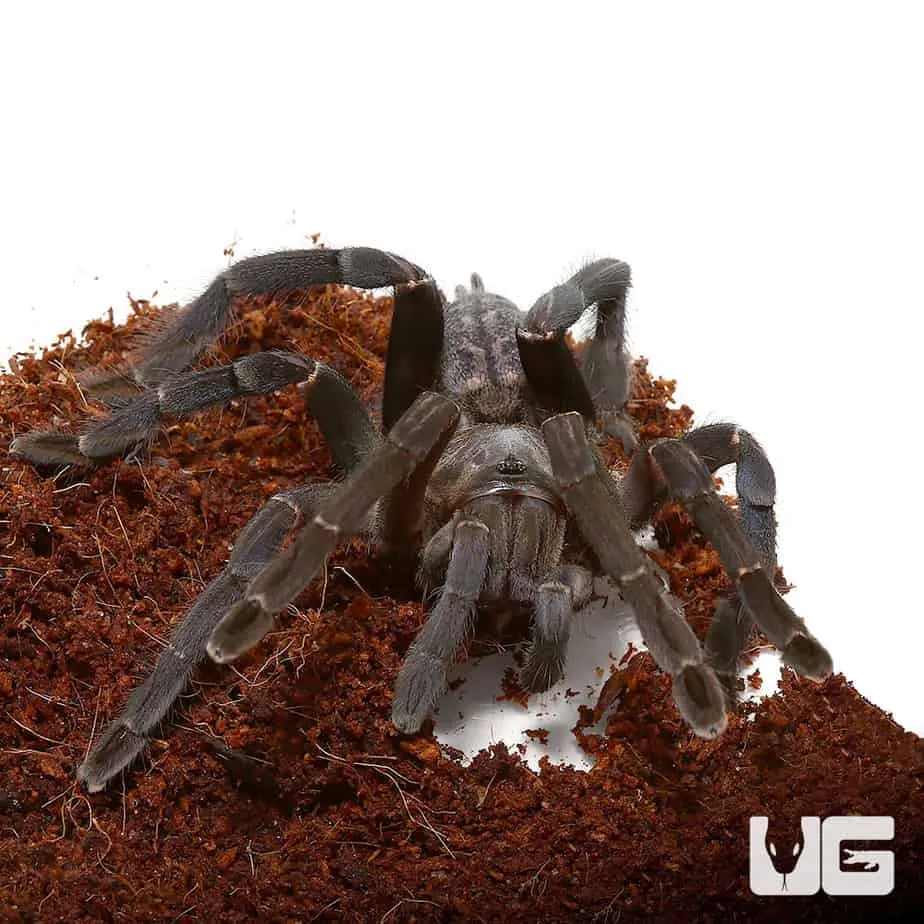
The primary food source for your Vietnamese Earth Tiger Tarantula should be live insects. Suitable options include crickets, roaches (such as Dubia roaches), mealworms, and superworms. The size of the insects should be appropriate for the tarantula; ideally, the prey should be no larger than the tarantula’s body. Avoid feeding your tarantula insects that have been exposed to pesticides. It’s a good idea to gut-load the insects before feeding them to your tarantula. This involves feeding the insects nutritious food, such as fresh vegetables and fruits, to ensure your tarantula receives a balanced diet. This enhances the nutritional value of the insects, benefiting the tarantula’s overall health.
Feeding Frequency
The feeding frequency depends on the age and size of your tarantula. Spiderlings and juveniles should be fed more frequently, typically two to three times a week. Adult tarantulas can be fed once a week or every other week. Observe your tarantula’s feeding habits. If it consistently refuses food, it could be a sign that it’s about to molt, or that its environment isn’t ideal. Remove any uneaten prey within 24 hours to prevent stress on the tarantula. Overfeeding can lead to health problems, so it’s better to err on the side of caution and feed less often.
Watering and Hydration
Providing a clean water source is essential for your Vietnamese Earth Tiger Tarantula. Use a shallow water dish, such as a bottle cap or a small dish specifically designed for reptiles and arachnids. Ensure the water is always fresh and clean. Replace the water regularly, especially if it becomes contaminated. In addition to the water dish, you can mist the enclosure with dechlorinated water to help maintain humidity, especially during molting. This also encourages the tarantula to drink. Always use dechlorinated water to avoid exposing your tarantula to harmful chemicals found in tap water.
Handling and Interaction
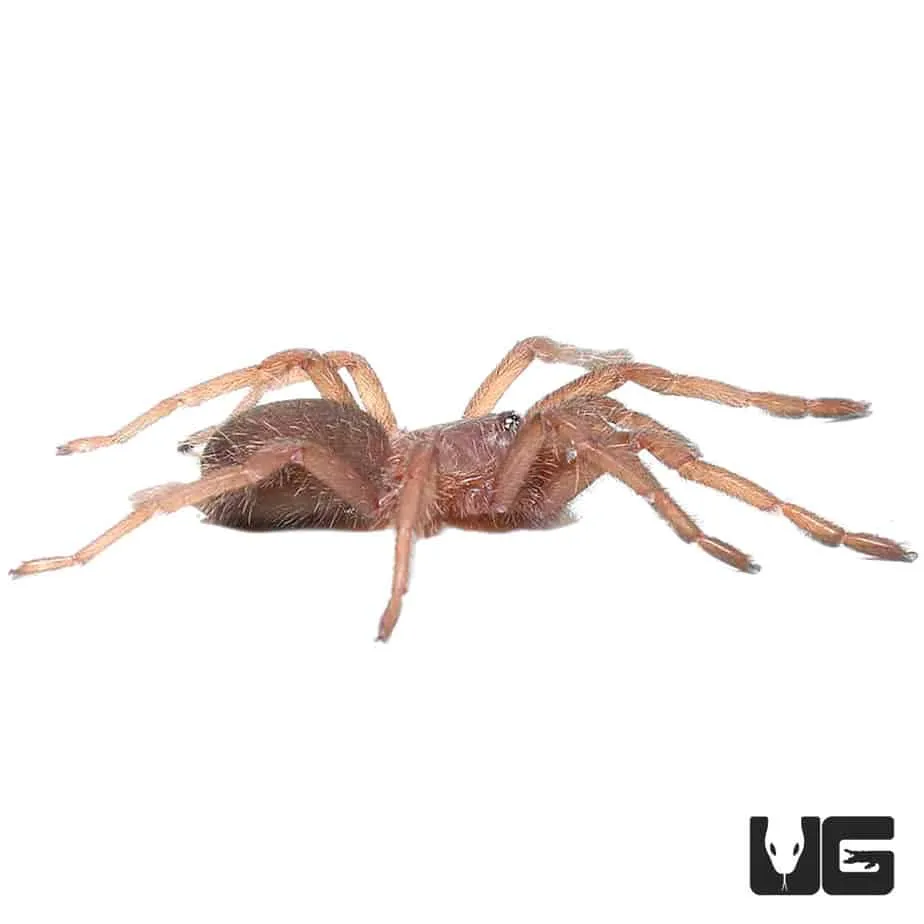
While Vietnamese Earth Tiger Tarantulas are beautiful creatures, they are not typically handled. These tarantulas are known to be defensive and can bite if they feel threatened. It’s best to admire them from a distance and avoid unnecessary handling. Understanding the risks and practicing caution are paramount when considering any interaction with your tarantula. Their defensive behaviors are a natural response to perceived threats, so respecting their space is essential for both your safety and their well-being.
Safe Handling Practices
If handling is absolutely necessary (e.g., for enclosure maintenance), it should be done with extreme caution. Use a soft brush to gently coax the tarantula into a container. Never try to grab the tarantula or force it to move. Ensure you are calm and composed, as any sudden movements or stress can provoke a defensive response. Always handle the tarantula over a soft surface, such as a bed or a carpet, in case it falls. Even with careful handling, there’s a risk of being bitten, so wear gloves and long sleeves, if possible, and wash your hands thoroughly before and after handling.
Recognizing Stress Signals
Learn to recognize signs of stress in your tarantula. If your tarantula is constantly flicking hairs off its abdomen (a defensive behavior), it is likely stressed. Other signs include a defensive posture (raising its front legs and fangs), a refusal to eat, or hiding constantly. If you notice these signs, give your tarantula space and review the environmental conditions to ensure they are optimal. Make sure the enclosure is secure, the temperature and humidity are correct, and that it has a safe and comfortable hiding place. Address any potential stressors promptly to maintain your tarantula’s well-being.
Health and Common Issues
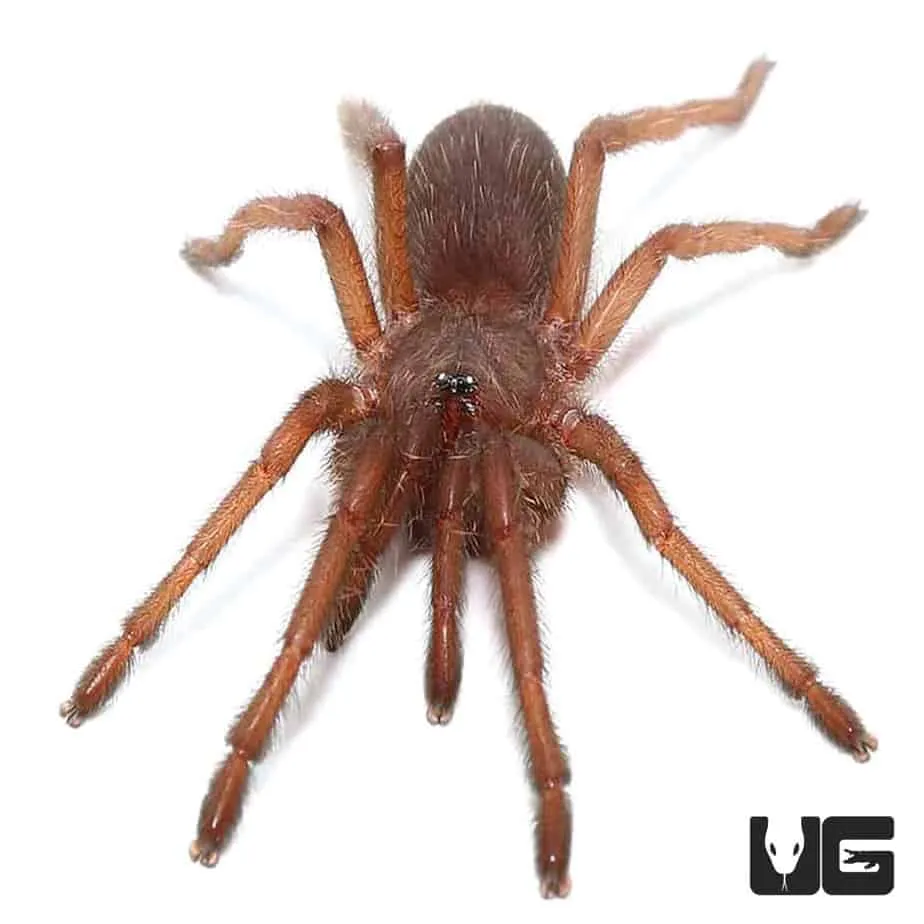
Like any pet, Vietnamese Earth Tiger Tarantulas can experience health issues. Being vigilant and knowing what to look for is key to providing them with proper care. Recognizing the signs of common problems and taking prompt action can significantly improve their chances of a healthy life. The most common health concerns are related to their molting cycle, parasites, and environmental conditions.
Moulting Process
Moulting is a natural process in which tarantulas shed their exoskeletons to grow. During this process, the tarantula is particularly vulnerable. Signs that your tarantula is preparing to molt include loss of appetite, lethargy, and a change in behavior. The tarantula may also start to create a web mat to flip on. It’s crucial to avoid disturbing the tarantula during this time. Ensure the enclosure has adequate humidity and a safe place for the tarantula to complete the process. If your tarantula has flipped on its back and appears to be struggling, resist the urge to intervene unless absolutely necessary. Intervening can be harmful and can be fatal to the tarantula.
Identifying and Treating Illnesses
Keep an eye out for any signs of illness, such as loss of appetite, lethargy, or unusual behavior. Other signs include mites, which look like tiny white or red dots, or a swollen abdomen. If you suspect your tarantula is sick, consult with an experienced tarantula keeper or a veterinarian who specializes in exotic animals. Some issues, such as mites, can be treated with specialized mite treatments available at pet stores. Ensure the environment is clean and well-maintained. Maintaining proper humidity and temperature, along with a clean environment, will go a long way in preventing diseases and health problems.
Breeding Information
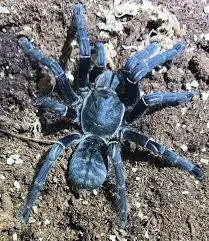
Breeding Vietnamese Earth Tiger Tarantulas can be a rewarding but challenging endeavor. It involves careful planning, specific environmental conditions, and a good understanding of tarantula mating behaviors. If you’re considering breeding your tarantulas, thorough research and preparation are essential. Before you start, ensure you have experience keeping tarantulas and are prepared to care for the spiderlings.
Sexing Your Tarantula
Accurately sexing your tarantula is the first step in breeding. This can be done by examining the exuviae (molted exoskeleton) of the tarantula. Males have modified pedipalps (small leg-like appendages near the mouth) that are used for mating. Also, males have a small hook or spur on their front legs. Females have a spermatheca, which is a sac for storing sperm, located inside their abdomen. Examining the exuviae under a magnifying glass or microscope is the best way to accurately determine the sex of the tarantula.
Mating and Egg Sacs
Mating Vietnamese Earth Tiger Tarantulas requires careful observation and preparation. Introduce the male to the female’s enclosure only when the female is receptive. Watch closely to ensure the female doesn’t attack the male. If the mating is successful, the female will eventually produce an egg sac. The egg sac typically contains a large number of eggs. Remove the egg sac when the female is done with it, and incubate it in a separate container under appropriate environmental conditions. Spiderlings are very delicate and require specialized care, including a small enclosure and tiny prey. Providing a suitable environment and a steady supply of food for the spiderlings are key to their survival and growth.
Conclusion
Caring for a Vietnamese Earth Tiger Tarantula can be a fascinating and rewarding experience. By providing the right habitat, diet, and care, you can enjoy the beauty and unique behaviors of these amazing creatures. Remember that consistency and attention to detail are crucial. Regularly monitor your tarantula’s behavior and environment. With careful planning and dedication, you can ensure a long and healthy life for your Vietnamese Earth Tiger Tarantula. Enjoy the journey of keeping this beautiful species!
